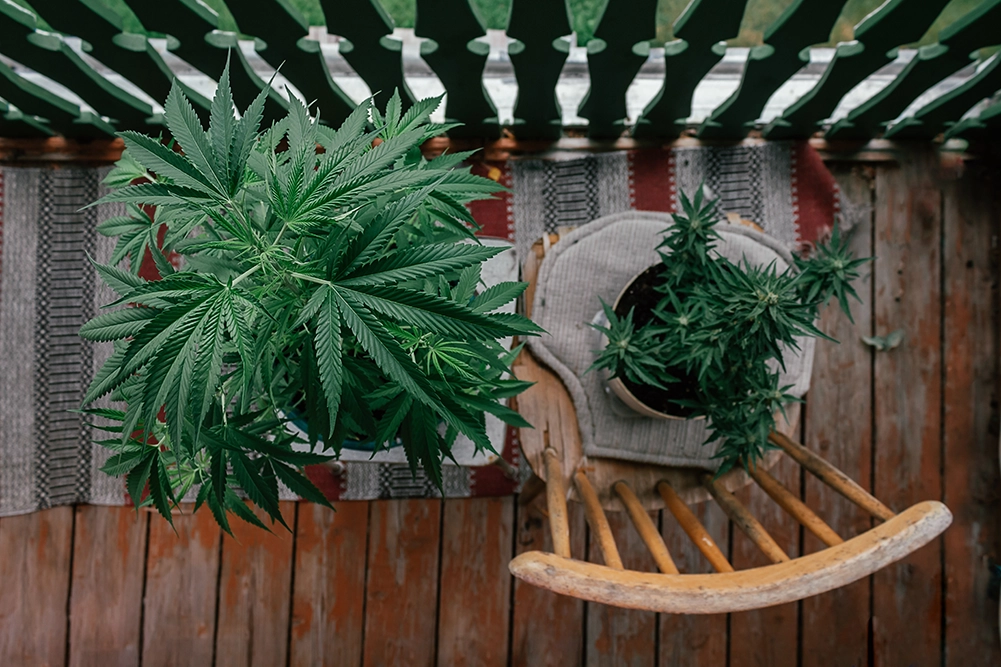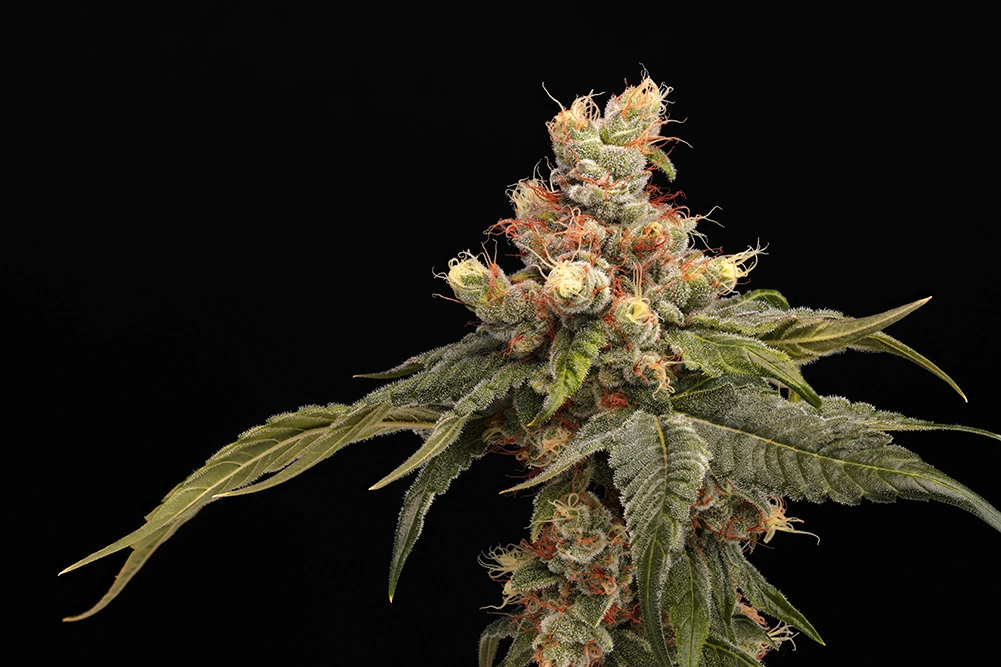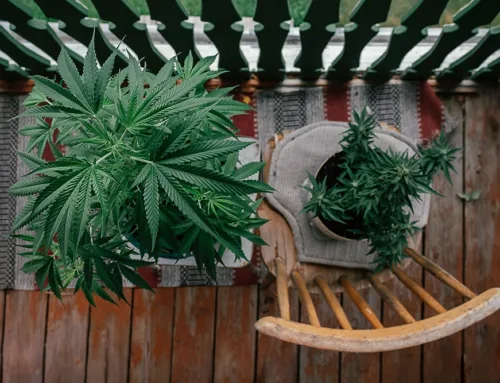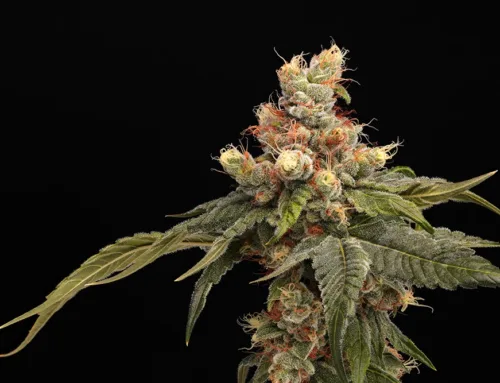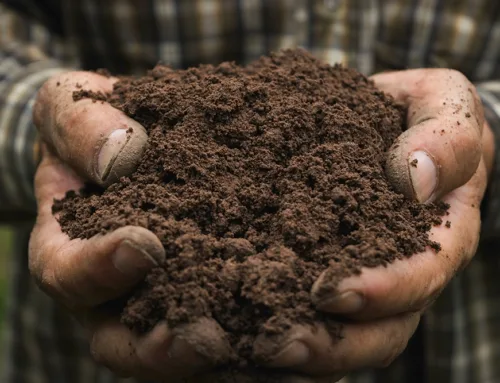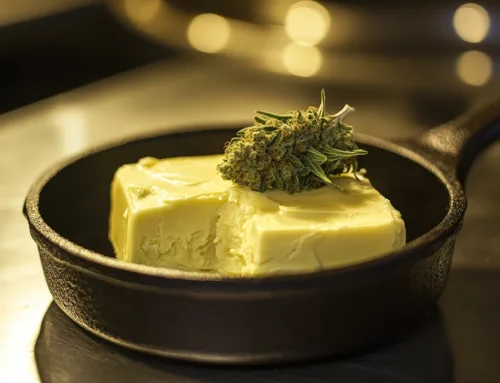Indica vs Sativa
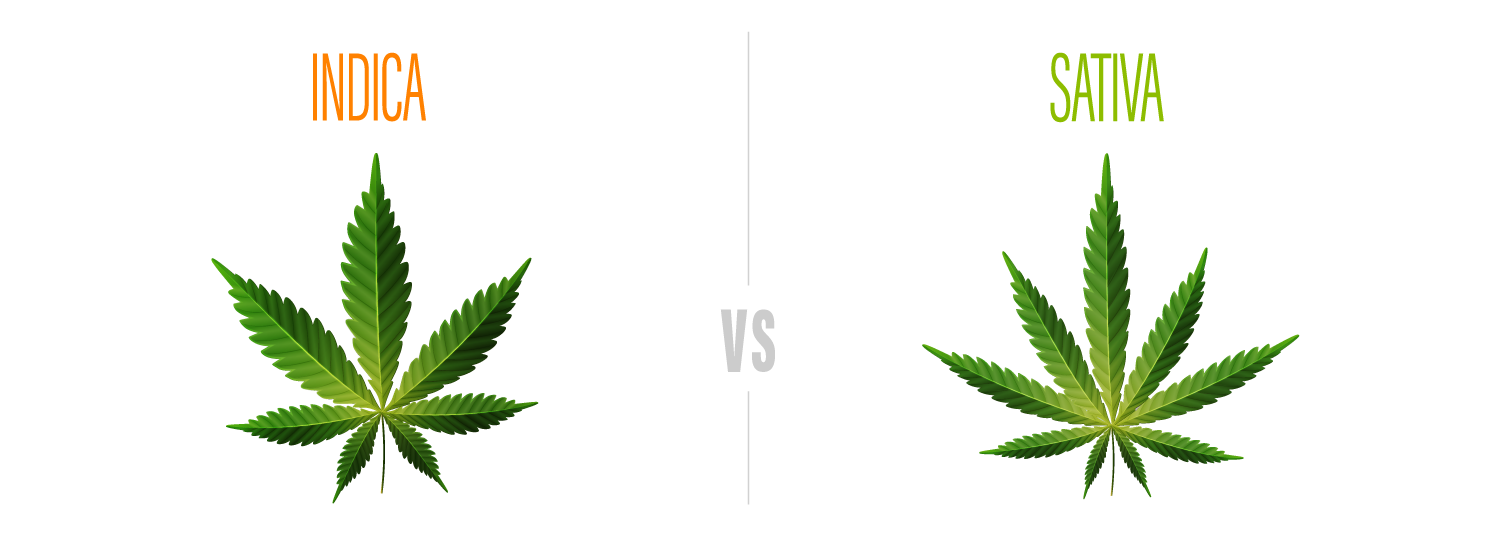
Indica vs Sativa: What’s the Difference Today?
Indica, sativa, hybrid, or bust?
That seems to be one of the main weed-centric questions lately, especially as cannabis strains are increasingly crossbred and, as a result, difficult to trace back to their origins. Instead, most of today’s strains are examined from a chemovar lens, a.k.a. cannabinoid and terpene profiles.
Sativas, indicas, and hybrids are each connected to characteristics consumers have anecdotally assigned to them over the years, but people are beginning to realize this isn’t exactly reliable. One consumer’s good night of sleep from All Gas OG can easily manifest as side effects of paranoia in someone who doesn’t gel well with the strain’s high levels of myrcene.
To avoid adverse experiences and the spread of strain misinformation—especially throughout the medical marijuana community—all of the plant’s compounds need to be factored into cannabis’s anticipated effects before a specific strain can be properly categorized and marketed to consumers.
Cannabinoids
Cannabinoids are the various compounds that make up the different types of cannabis. From THC and CBD to CBN and THCV, each cannabinoid has its own unique chemical composition, which means consumers will experience a variety of effects that go far beyond the standard indica vs. sativa binary.
For example, CBD tends to be particularly effective against chronic pain and is mostly non-psychoactive—great for medical cannabis patients. On the other hand, THC can be great for nausea relief and appetite stimulation—it’s also incidentally responsible for the psychoactive effects some consumers want to experience. Still, minor cannabinoids like CBN have the potential to ease insomnia, while CBG might help promote bone growth.
See how honing in on sativa vs. indica vs. hybrid might be detrimental when it comes to accessing the benefits you so crave from cannabis?
The next time you’re on the hunt for sativa, try taking a closer look at the sativa cannabinoids in the cannabis strains your dispensary has to offer and think about whether or not their effects align with your needs.
Terpenes
Another important factor to consider when choosing your cannabis products or researching different types of weed is the terpene profile.
Similar to cannabinoids, terpenes are naturally occurring chemical compounds that are not only responsible for cannabis’s aroma profiles but also contribute to the plant’s entourage effect in their own unique way. Popular terpenes include myrcene, humulene, pinene, limonene, linalool, and caryophyllene.
Known for having sedative, relaxing effects, myrcene is found in both indicas and sativas, which means it can either soften the edges of an energizing high or intensify the relaxation of another. Humulene, linalool, and caryophyllene might do the same, while pinene and limonene could amplify an already-potent high.
Just like cannabinoids, terpenes can add a ton of nuance to the consumer experience—or answer the question, “What is sativa?” They also account for the delicious taste and aroma of freshly consumed cannabis, which is worthy of recognition on its own.
Indica
These days, the main difference between indica and sativa is all in the aesthetics. While the two different species of cannabis might have been easy to distinguish in cannabis’s earlier, less-bred-through phase, today’s sativa and indica plants might have too many terpenes and cannabinoids in common to produce very different effects.

Example of an Indica leaf.
Despite the muddied modern blend of cannabis strains, indicas are still obviously indica to the naked eye: dark green, broad, and bushy plants growing in a garden. They might also have higher amounts of CBD than their sativa counterparts and tend to feature terpenes like couch-locking myrcene, calming caryophyllene, and relaxing lavender linalool.
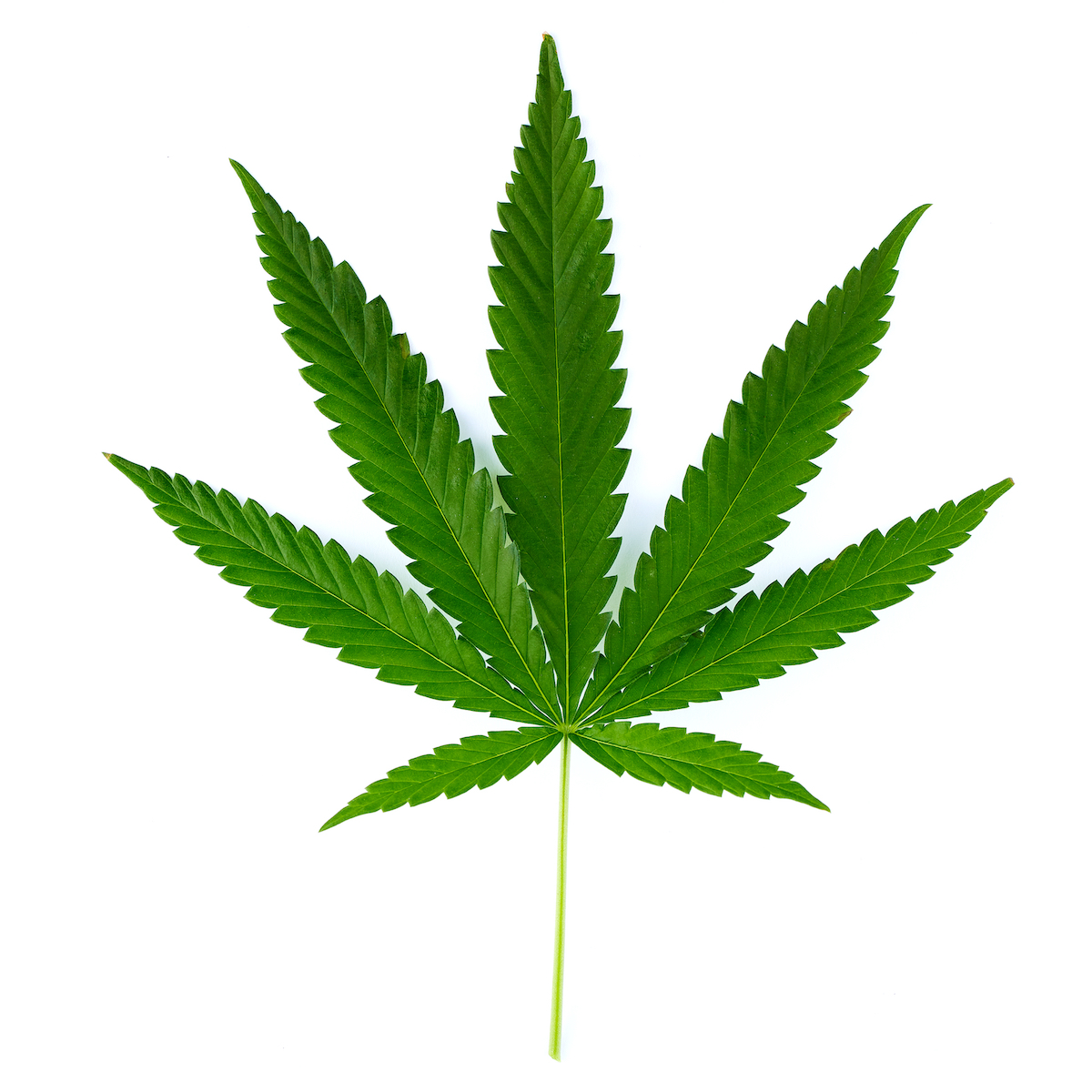
Example of an Indica-dominant leaf.
Indica weed grows quicker than sativa, which is why some cultivators might opt for their genetics. It’s also known for providing benefits like pain relief and appetite stimulation while producing effects like sedation, intense relaxation, and a good old-fashioned body buzz.
However, all of this can vary depending on the full-spectrum compound profiles of the different indicas you’re working with.
Sativa
Visually, sativas are the opposite of indicas: skinny, light green leaves sprinkled on top of tall, slim stocks. They’re typically known for being energizing and stimulating—ideal for daytime use and great for boosting creativity and increasing focus.

Example of a Sativa leaf.
Again, this might look different from sativa to sativa, but generally, the effects of cannabis sativa tend to go hand-in-hand with social and/or productive consumption.
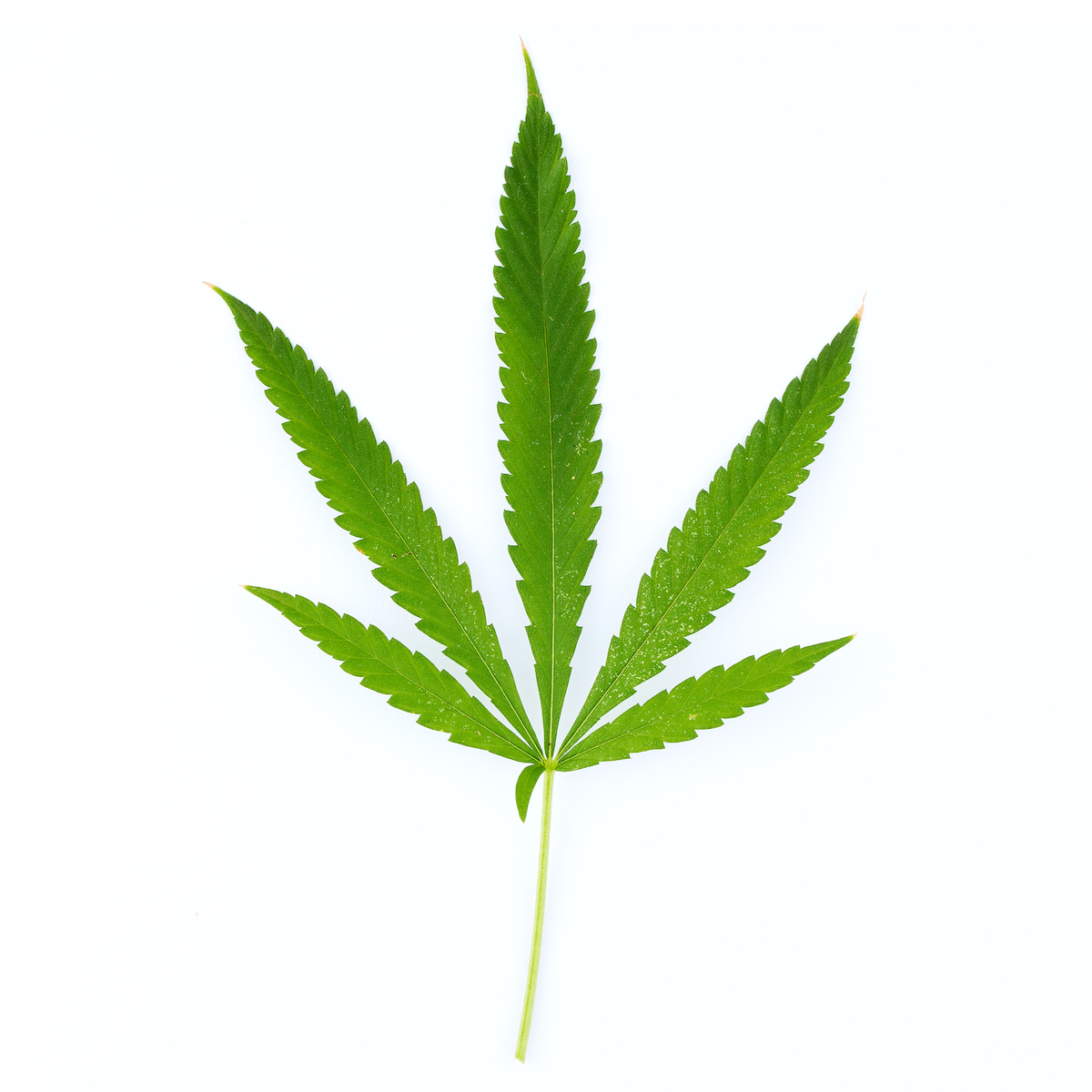
Example of a Sativa-dominant leaf
Consumers tend to gravitate toward sativa strains for stress relief, boosted energy, or an uplifted mood. They’re also a popular recommendation for creatives looking to think outside the box.
Hybrid
Early hybrids were an attempt to diversify cannabis, but the practice was also an act of eugenics-like strengthening—breeding the strongest with the even stronger plants to create new generations of potent plants that can easily withstand time, climate, and environment.
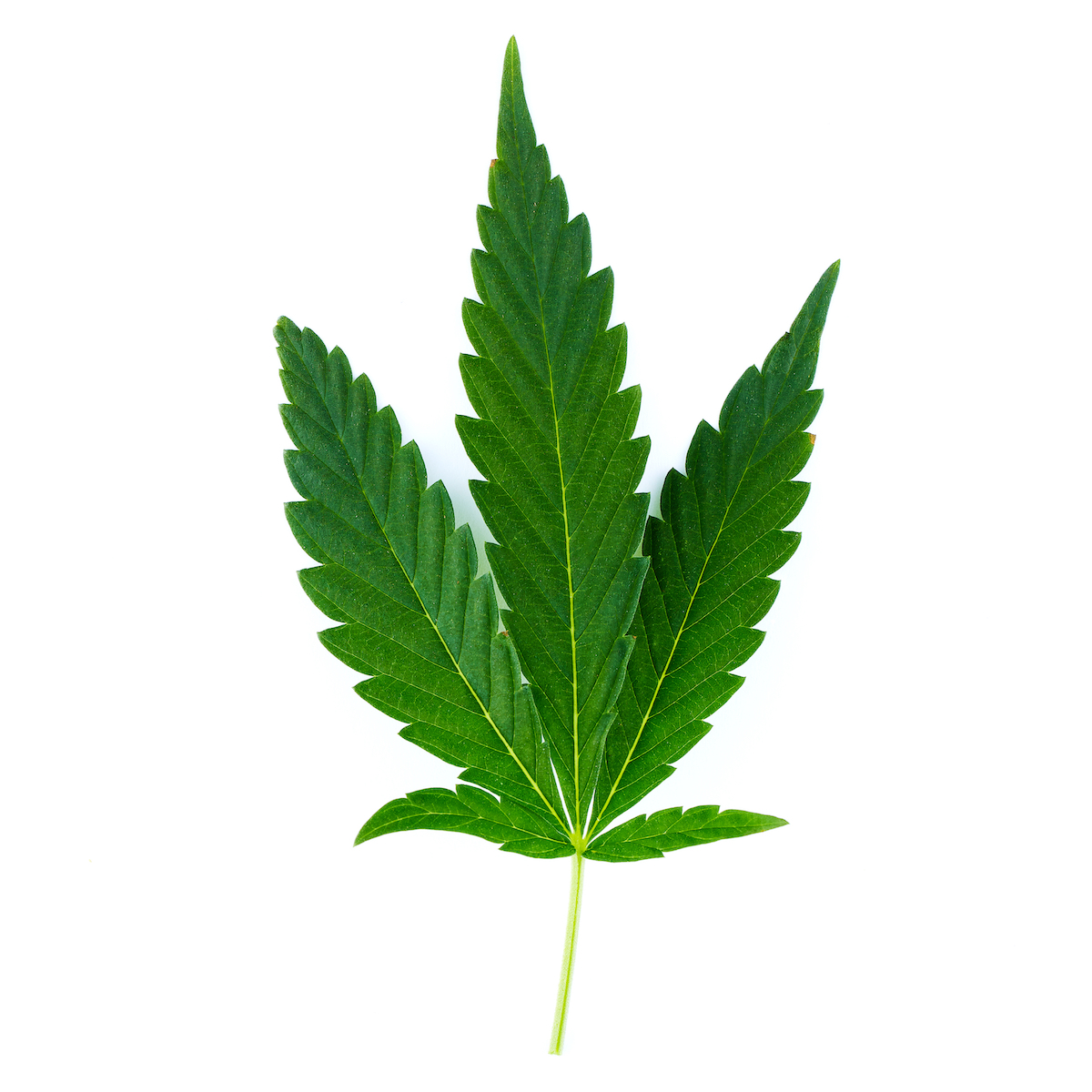
Example of a Hybrid leaf
As a result, we have hybrids: sativa-dominant, indica-dominant, and as close to 50/50 as it gets. Hybrid plants generally tend to grow quicker and have a broader spectrum of effects. This is amplified even more intensely when cannabinoids and terpenes are factored in, and the further down the breeding line the hybrid plant is, the more of a full spectrum it’ll feature.
Ruderalis
The basis of autoflower strains, cannabis ruderalis was officially classified in 1924. Believed to have originated in Russia, Siberia, and Asia, ruderalis plants are shorter, with wide leaves and smooth, hollow stems. Regardless of light cycles, these plants will flower as soon as they reach maturity. They also tend to contain low levels of THC and CBD and are usually utilized to create hybrids.
Strains and effects
| Name | Classification | THC content | Effects |
| Golden Sands | Indica | 30-35% | Cerebral, Relaxed, Stoney |
| Vanilla Frosting | Indica | 30% | Giggly, Appetite stimulation, Euphoric |
| Blueberry Muffin | Indica | 20-28% | Relaxed, Body High, Happy |
| The Bling | Indica | 23% | Happy, Social, Anti-anxiety |
| Dream Queen | Sativa | 23% | Energizing, Creative, Euphoric, |
| Squirt | Sativa | 20% | Focused, Creative, Euphoric |
| Raspberry Parfait | Sativa | 22% | Cerebral, Energetic, Focused |
| Granny Candy | Sativa | 25-30% | Talkative, Social, Focused |
| Nutter Butter | Hybrid | 26-30% | Sedative, Relaxed, Anti-anxiety |
| Apple Blossom | Hybrid | 26-30% | Relaxed, Appetite stimulant, Stress relief |
| Emerald Fire OG | Hybrid | 23-28% | Uplifted, Relaxed, Anti-anxiety |
| Poddy Mouth | Hybrid | 24-30% | Relaxed, Euphoric, Aroused |
How to choose the best strain
There’s a lot more that goes into knowing how to choose the best strain than we used to realize. However, knowledge is power, so the next time you enter a dispensary—or make a purchase for a cannabusiness of your own—remember that your decision should extend far beyond the differences between indica, sativa, and hybrid.
Choosing the best strain as a consumer
As a consumer, you’ll want to ask yourself the following questions:
- Why are you interested in cannabis?
- What are your desired effects?
- Do you have cannabis experience?
- How do you want to consume your cannabis?
- How long do you want your high to last?
- What are you expecting out of your experience?
Once you can identify what you’re looking for, start looking at strains’ cannabinoid and terpene profiles to find the perfect fit.
Choosing the best strain as a cultivator
Cultivators, you’ll want to ask yourself the following before making your next inventory purchase:
- What style of strain do you want your name on?
- Who are your consumers?
- What is the market looking for?
- What size of plants typically fit in your garden?
- What are you hoping to accomplish as a cultivator of this strain?
From there, a closer look at cannabinoids and terpenes can help you make the best decisions when it comes to providing your consumers with a choice variety of cannabis products.
Indica vs. sativa: the OG cannabis query
Despite most cannabis varieties being defined by their active compounds, the market continues to rely on the indica, sativa, and hybrid descriptors. And while the majority of consumers associate indicas with relaxation and sativa with energy, the truth is that every person reacts to cannabis differently.
When searching for the perfect strain, trial and error is key. Always write down a strain’s cannabinoids and terpenes, followed by how it made you feel. Patterns will eventually emerge, and the best (or worst) compounds for you will make themselves clear. You may be surprised to find a mix of strains—indica vs. sativa will soon be out of the picture.



